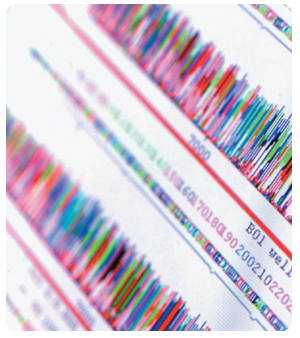
The establishment of a diagnosis in PGD is not always straightforward. The criteria used for choosing the embryos to be replaced after PCR results are not equal in all centres.
Diagnosis and misdiagnosis in PGD using PCR have been mathematically modelled in the work of Navidi and Arnheim and of Lewis and collaborators (Navidi and Arnheim, 1991; Lewis et al., 2001). The most important conclusion of these publications is that for the efficient and accurate diagnosis of an embryo, two genotypes are required. This can be based on a linked marker and disease genotypes from a single cell or on marker/disease genotypes of two cells. An interesting aspect explored in these papers is the detailed study of all possible combinations of alleles that may appear in the PCR results for a particular embryo. The authors indicate that some of the genotypes that can be obtained during diagnosis may not be concordant with the expected pattern of linked marker genotypes, but are still providing sufficient confidence about the unaffected genotype of the embryo.
Although these models are reassuring, they are based on a theoretical model, and generally the diagnosis is established on a more conservative basis, aiming to avoid the possibility of misdiagnosis. When unexpected alleles appear during the analysis of a cell, depending on the genotype observed, it is considered that either an abnormal cell has been analysed or that contamination has occurred, and that no diagnosis can be established.
A case in which the abnormality of the analysed cell can be clearly identified is when, using a multiplex PCR for linked markers, only the alleles of one of the parents are found in the sample. In this case, the cell can be considered as carrying a monosomy for the chromosome on which the markers are located, or, possibly, as haploid.
The appearance of a single allele that indicates an affected genotype is considered sufficient to diagnose the embryo as affected, and embryos that have been diagnosed with a complete unaffected genotype are preferred for replacement. Although this policy may lead to a lower number of unaffected embryos suitable for transfer, it is considered preferable to the possibility of a misdiagnosis.